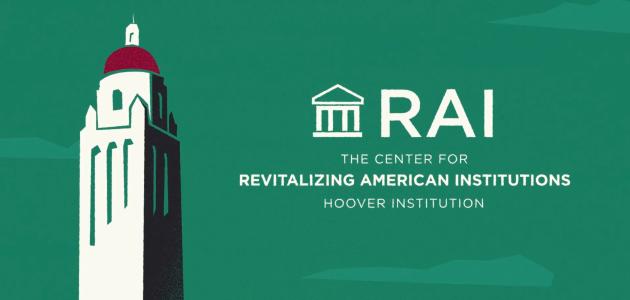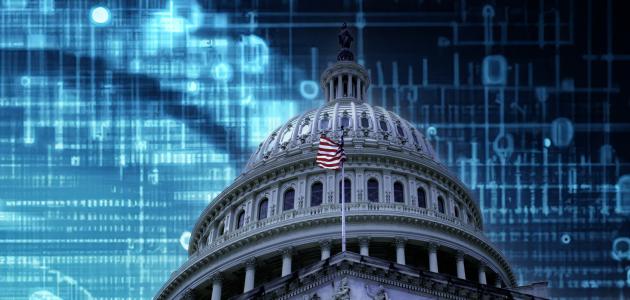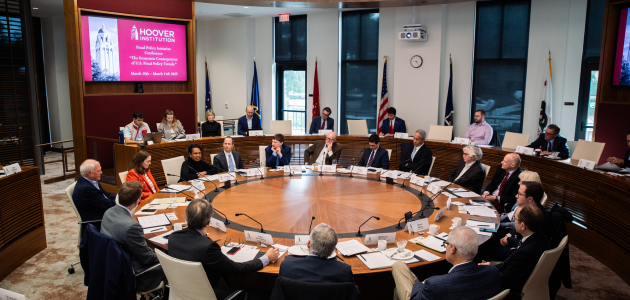On the eve of the third anniversary of the tragic shooting spree at Columbine High School in Littleton, Colorado, Joel Best, professor of sociology and criminal justice at the University of Delaware, sounds a hopeful note as he challenges claims that school violence is on the rise.
“Both school shootings and bullying have become subjects of extensive media coverage,” notes Best in his article “Monster Hype,” published in the summer issue of Education Next: A Journal of Opinion and Research. “This may make for compelling television, but the oversaturated media coverage can portray a few isolated incidents as a national trend.”
In accounting for these widely distorted views, Best points to the dangerous combination of misinterpreted statistics and media hype.
“Statistics play a crucial role in this process, because we tend to assume that numbers are factual—that somebody has counted something, that the problem has been measured and therefore is as big as the claims suggest,” explains Best. “Coupled with dramatic, headline-grabbing incidents, they have created the impression that both school violence and bullying are on the rise.”
The fact is, says Best, there is strong evidence indicating school violence has actually been declining in recent years. There were 44 school deaths in 1993 compared to 15 in 2001, while news stories on school violence climbed from under 200 to nearly 500 during the same period.
“This decline is consistent with the evidence suggesting that crime rates were declining nationwide,” says Best. “During the 1990s, the overall crime rate fell, as did the rates of major violent crimes such as homicide, robbery, and aggravated assault.”
Best stresses that the risks of school violence are extremely low. He points to the federal Centers for Disease Control and Prevention’s Youth Risk Behavior Survey which found declining percentages of high-school students who reported fighting or carrying weapons on school property during the 1990s.
“All of this evidence flatly contradicted the claims that there was a wave, trend, or epidemic of school violence,” he says. “In other words, the wave of school shootings was a phantom—that is, a nonexistent trend.”
This “phantom trend” has clearly affected educational policy, notes Best, as resources have been directed toward security measures that have been based on “inaccurate perceptions of the nature and level of school violence.”
In addition to Best’s article, other topics in the summer 2002 issue of Education Next (to be released in early May) include the voucher debate and the implications of the Cleveland voucher case, a look at value-added analysis and accountability, and new research on the affect of peers on student learning. Advance copies of Best’s essay can be obtained from the Hoover Institution’s Office of Public Affairs and will also be available online on May 3 at www.EducationNext.org.
Education Next is a new voice in American education committed to looking at hard facts about school reform. It is both a scholarly journal that provides the latest in policy-relevant research findings and an opinion magazine where evidence counts.
Education Next is published by the Hoover Institution. Other sponsoring institutions are the Harvard Program on Education Policy and Governance, the Thomas B. Fordham Foundation, and the Manhattan Institute for Policy Research. The editors of Education Next include Hoover fellow Paul E. Peterson, editor in chief; Hoover distinguished visiting fellow Chester E. Finn Jr.; Frederick M. Hess, University of Virginia; Marci Kanstoroom, research director, Thomas B. Fordham Foundation; and Martin West, Harvard University.
Members of the Hoover Institution’s Koret Task Force make up the editorial board of the journal. In addition to Peterson and Finn, task force members include Hoover fellows Williamson M. Evers, Eric Hanushek, and Terry Moe, and Hoover distinguished visiting fellows John E. Chubb, Paul Hill, E. D. Hirsch Jr., Caroline Hoxby, Diane Ravitch, and Herbert J. Walberg.
The Koret Task Force is composed of prominent scholars specializing in education reform who have been brought together by Hoover director John Raisian to address the national debate over public education. As part of Hoover’s American Educational Institutions and Academic Performance Initiative, members of the Koret Task Force have been charged with analyzing the current state of public education and identifying possibilities for evidence-based reform.
The Hoover Institution, founded at Stanford University in 1919 by Herbert Hoover, who went on to become the 31st president of the United States, is an interdisciplinary research center for advanced study on domestic public policy and international affairs.













